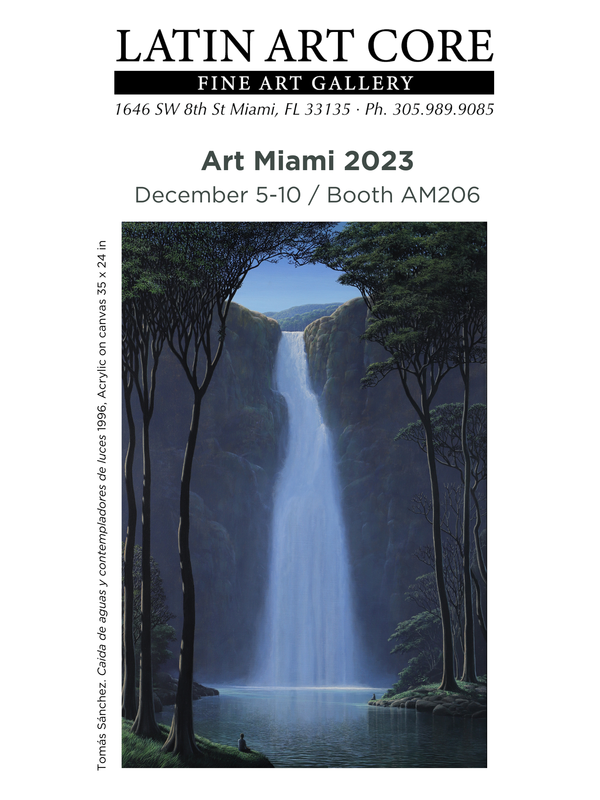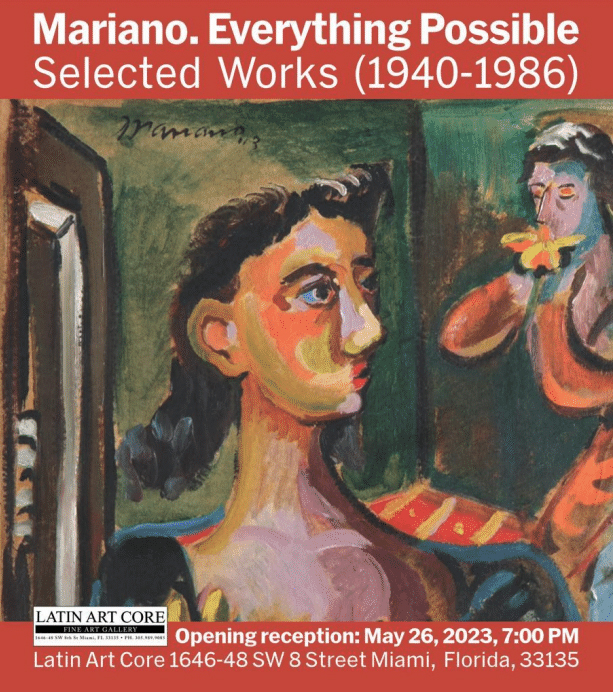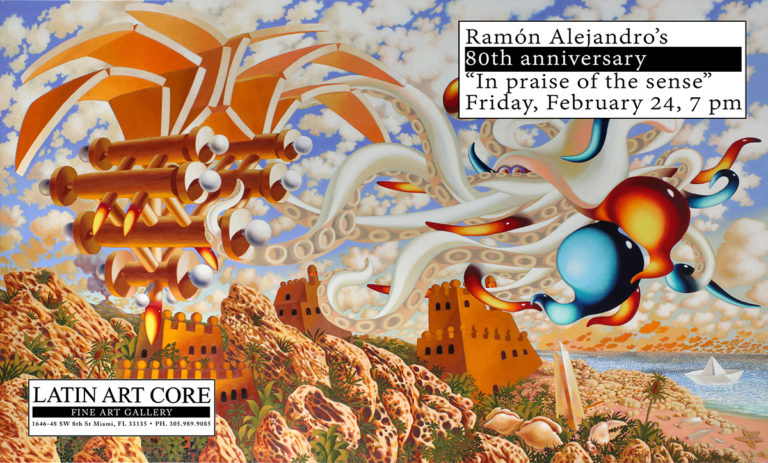OPENING RECEPTION: APRIL 12, 7:00 PM
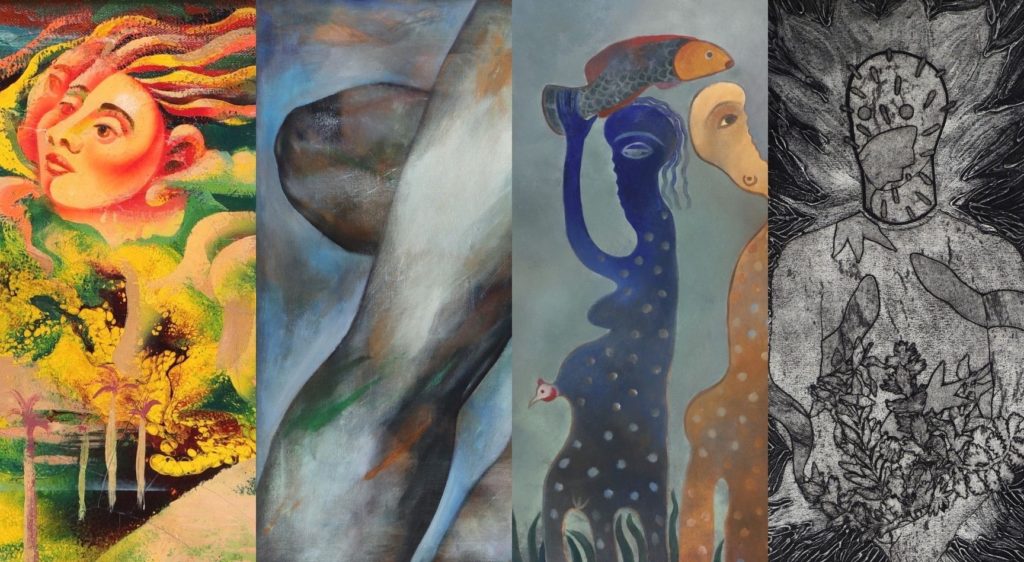
ARTISTS LIST:
Wifredo Lam • Amelia Peláez • Mariano Rodríguez • Mario Carreño • René Portocarrero Servando Cabrera • Antonia Eiriz • Roberto Fabelo • Manuel Mendive Tomas Sanchez • Pedro Pablo Oliva Zilia Sánchez • Zaida del Rio • Rita Longa • César Santos • Rubén Alpízar Humberto Castro • Raiman Rodríguez • Belkin Ayón • The Merger
New interpretations of the Cuban nation and cultural identity over eight decades of figurative painting Eight Decades of Cuban Figuration and Neo-Figuration curated by Dennys Matos, offers review of over eight decades of Cuban figurative and neo-figurative works through a selection of emblematic paintings and sculptures of 20 artists from diverse generations. The selection spans from the late 1940s of the 20th century to the present day of the 21st century. There are early avant-garde figures such as Wifredo Lam, Amelia Pelaez, Mario Carreño, and Rita Longa, whose figurative poetics represented the discourse of the Cuban national state and its cultural identity, marked by a postcolonial complexity. Rural or urban landscapes, flora, and fauna are representations that combine cultured and popular elements as part of the modern sociocultural development project.

Wifredo Lam, Composition 1975, Oil on Canvas, 28 x 39 in
The triumph of the revolution in 1959 marked a radical break with certain values of previous cultural traditions and complexified these discourses. Neo-figuration, as the dominant pictorial poetics, emerges in the proposals of new generations that will redefine the perception of national being and cultural identity, mediated by the ideology of revolutionary cultural politics. In this stage of the 1960s, works by artists such as Antonia Eiriz, Zilia Sánchez, and Servando Cabrera emerge. Later, in the late 1970s, artists like Mendive and Fabelo stand out, echoing an imagery whose visual codes combine both Western and African influences in Cuban cultural identity. However, thematically, unlike the early avant-garde movements, they maintain a critical distance from these sources and inheritances. In the 1980s, there is a renaissance of visual arts, where previous generations coincide with younger ones in creative intensity, creating a rich constellation of neo-figurative painting, as seen in the cases of Humberto Castro or Zaida del Rio, for example. The body, as a source of overflowing expression of desire, begins to take center stage in pictorial symbology, responding to the homogenization of mass culture and social political repression.
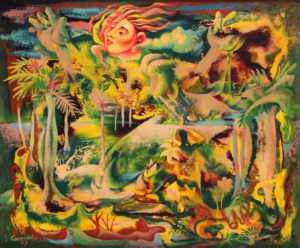
Mario Carreño, Alegoría del paisaje cubano 1943, Duco sobre lienzo, 20 x 24 in
The fall of the Berlin Wall in 1989 marked the failure of the revolutionary utopia, and the art of these years became more parodic and, above all, more cynical. The neo-figurative poetics incorporated narrative elements from cinema and television, expanding the field of painting, as seen in the works of César Santos. This expansion also occurred in the field of sculpture with the work of The Merger. Alpízar and the works of Belkis Ayón parodied the statements of the revolutionary cultural policy, a cultural policy that had skewed history in favor of achieving total control over individuals and society under the thick cloak of dictatorship.

